Introduction
Hemoglobin A1c test (HbA1c, A1c, or Hb1c) is used to determine the average concentration of glucose in the blood plasma. Hemoglobin is the protein in red blood cells that carries oxygen throughout the body. HbA1c is formed when glucose combines with the hemoglobin in red blood cells to form glycated hemoglobin.
Test Purposes
This test is important:
- To diagnose diabetes
- To monitor a person’s diabetes and to aid in treatment decisions
- To help identify those at an increased risk of developing diabetes
Diabetes mellitus is a condition characterized by hyperglycemia (high blood glucose) resulting from the inability to use blood glucose for energy. In diabetes type one, the pancreas does not produce or does not secrete insulin. The blood glucose cannot be stored and processed for use by certain cells in the body. In diabetes type two, either the pancreas does not make enough insulin or the cells cannot use insulin properly. Diabetic complications involving the eyes, kidneys, nerves and blood vessels of the heart, brain and extremities is normal for both forms of the disease diabetes.
The level of HbA1c is proportional to the concentration of glucose in the blood plasma and red blood cell life span in the life cycle, usually covering a period of 120 days (three months). If high levels of glucose, hemoglobin A1c test will also be high. Therefore, the HbA1c test provides precise measurements of blood glucose in three to four months back. Thus, for patients who have been diagnosed with diabetes mellitus, HbA1c testing will be done two to three months to assess the effectiveness of treatment for these patients.

Figure 1: Formation of glycated haemoglobin
Method of Test
Nowadays, there are various different methods used to conduct the HbA1c test. Generally, these tests may be conducted through:
- Clinical/ Pathology Laboratory
Almost all pathology laboratories in government hospitals provide testing services include several health clinics throughout the country. Patients are referred by medical officers to the hospital or clinic governments concerned to carry out this test either for the purpose of monitoring or screening diabetes based on the patient’s current health status. Blood samples will be taken from the patient and sent to a laboratory for analysis. In the laboratory, the blood samples will be analyzed using auto analyzer specifically for HbA1c testing.
Among the test methods are often used in clinical/ pathology laboratory are:
- Cation-exchange Chromatographyy
- Boronate Affinity or Affinity-binding Chromatography
- Immunoassays
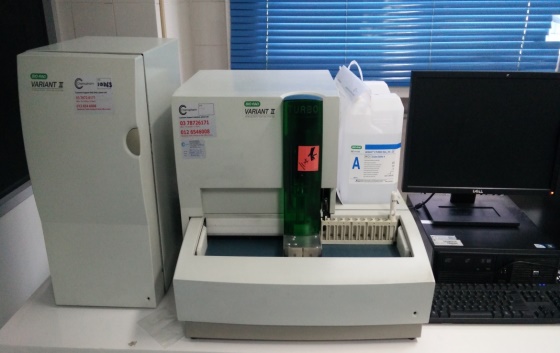
Figure 2: An example of automation equipment in laboratory using Cation-exchange chromatography method.
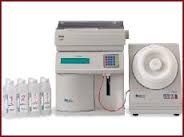
Figure 3: An example of automation equipment in laboratory using Boronate Affinity or Affinity Binding Chromatography method.
- Point of Care Testing (POCT)/ Bedsite Testing
Through this method, the patient’s blood samples do not need to be sent to a laboratory as test can be done immediately in the ward or near the patient (bedside testing/ site of patient care). The results are faster.
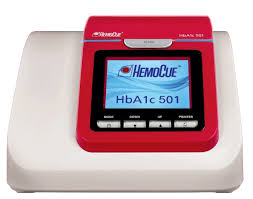
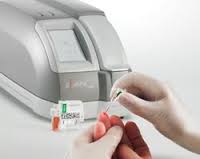
Figure 4: Examples of the equipment used by the concept of POCT
Patient Preparation
Patients who wish to carry out tests HbA1c are not required to fasting and no special preparation is needed before blood taking. Depending on the test methods to be used, a blood sample will be taken through a vein in the arm (phlebotomy technique) or via finger prick technique (finger pricking) using the lancet.
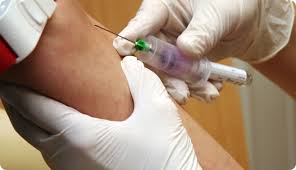
Figure 5: Blood taking by phlebotomy technique
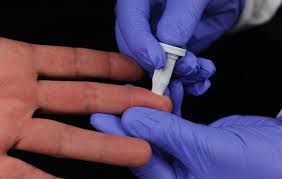
Figure 6: Blood taking by finger pricking technique
Frequency of Test
American Diabetes Association (American Diabetes Association) recommends that these tests be carried out to diabetes patients at least twice a year. However, the HbA1c test should be carried out two to four times a year depending on the type of diabetes, the effectiveness of diabetes control treatment or as directed by your doctor.
For patients newly diagnosed with diabetes or uncontrolled diabetes, they have to undergo these tests more frequently. This test can also be applied if a person is found to have diabetes based on symptoms or signs of increased glucose in the blood or hyperglycemia including polydipsia, frequent urination, blurred vision, fatigue and slow-healing wounds.
Reporting of Results
There are two different values for each test result; GSP format and IFCC format. Both of these values are reflected in each report for HbA1c testing. The value of the test results vary according to the type of patient.
Type of PatientNGSP ValueIFCC ValueNon-diabetic (normal) <5.7 % <39 mmol/mol Diabetic 6.5% or higher 48 mmol/mol or higher High Risk Developing Diabetis 5.7% – 6.4% 39-46 mmol/mol *NGSP – National Glycohemoglobin Standardization Program
*IFCC – International Federation of Clinical ChemistryHowever, for patients with diabetes, targeting the A1c test results may vary depending on the length of time a patient suffering from diabetes, other diseases suffered by people with diabetes or certain complications caused by diabetes, such as kidney damage and heart disease and suffering from the complications of blood sugar low (hypoglycemia).
Test Limitations
HbA1c test cannot show the actual level of glucose in the blood and the effectiveness of diet control diabetes if the test is carried out as early as three to four weeks.
For the patient or someone with a variation of hemoglobin such as Sickle cell hemoglobin or hemoglobin S, hemoglobin A amount will decrease and this will affect the results of diagnostic or screening test.
HbA1c test results are also low (falsely low) and not very accurate if the test is carried out on patients suffering from anemia, severe bleeding or rupture of red blood cells (hemolysis). A1c value would be high (falsely high) if the patient is iron- deficient or low iron amount in the blood.
Someone who has had a blood transfusion (blood transfusion) in less than three months will also have less amount of an A1c count and actual results will not show the efficacy of treatment of diabetic control.
References
- https://labtestsonline.org/understanding/analytes/a1c/
- http://www.ngsp.org/ifccngsp.asp
- http://www.webmd.com/diabetes/guide/glycated-hemoglobin-test-hba1c
- Henrichs, Helmut R.: HbA1c – Glycated Hemoglobin and Diabetes Mellitus – 1st edition – Bremen: UNI-MED, 2009
Last Reviewed : 21 June 2016 Writer : Mohammad Jefrizain bin Mokhtar Accreditor : Siti Gayah bt. Loman - Clinical/ Pathology Laboratory







